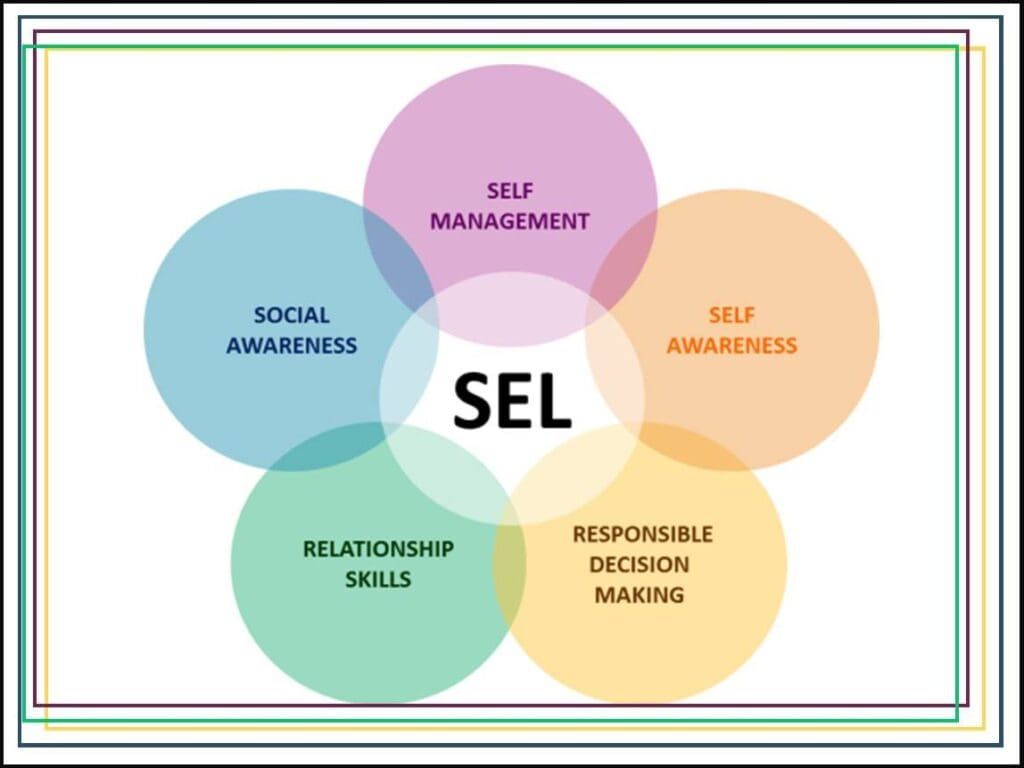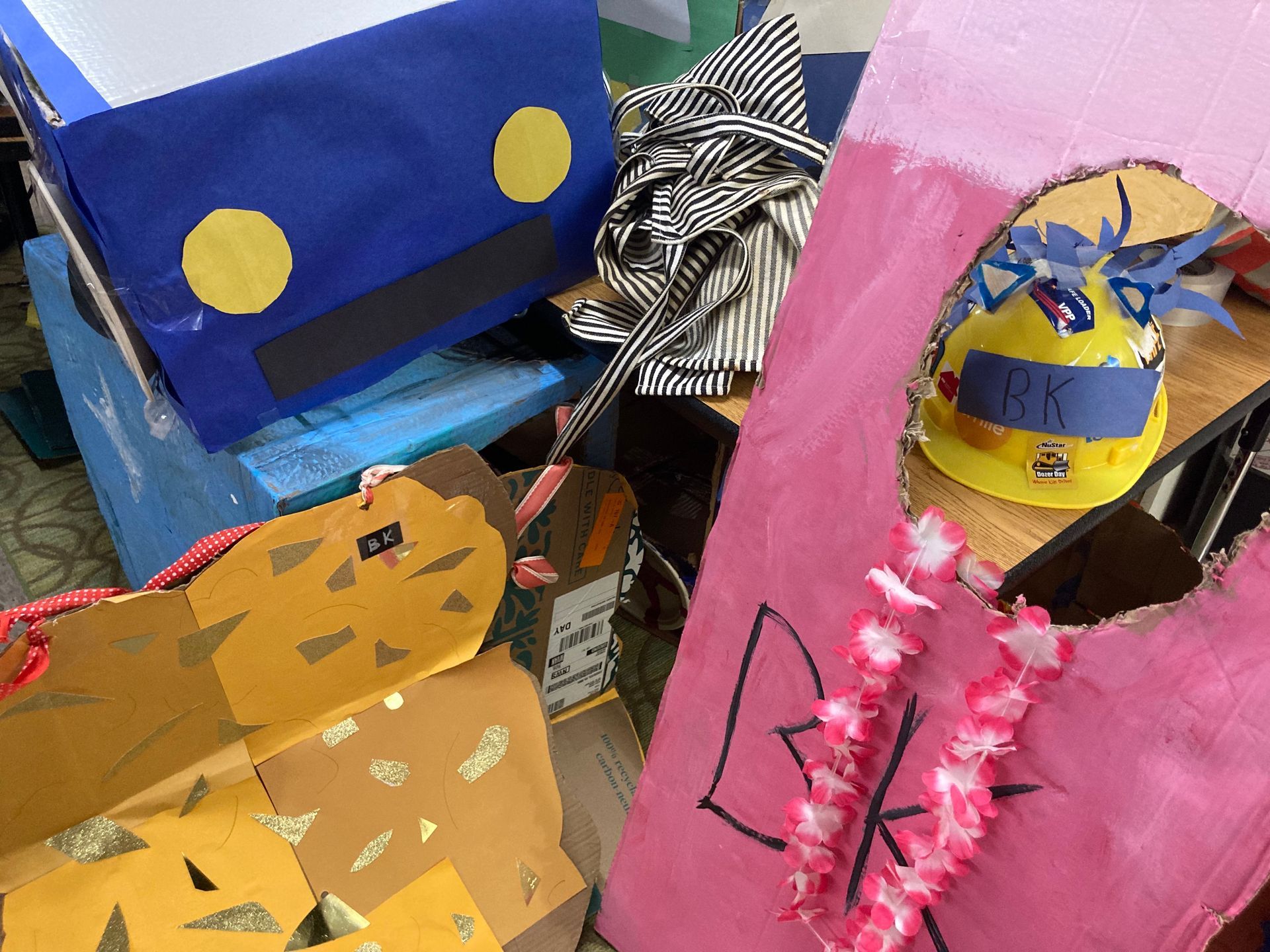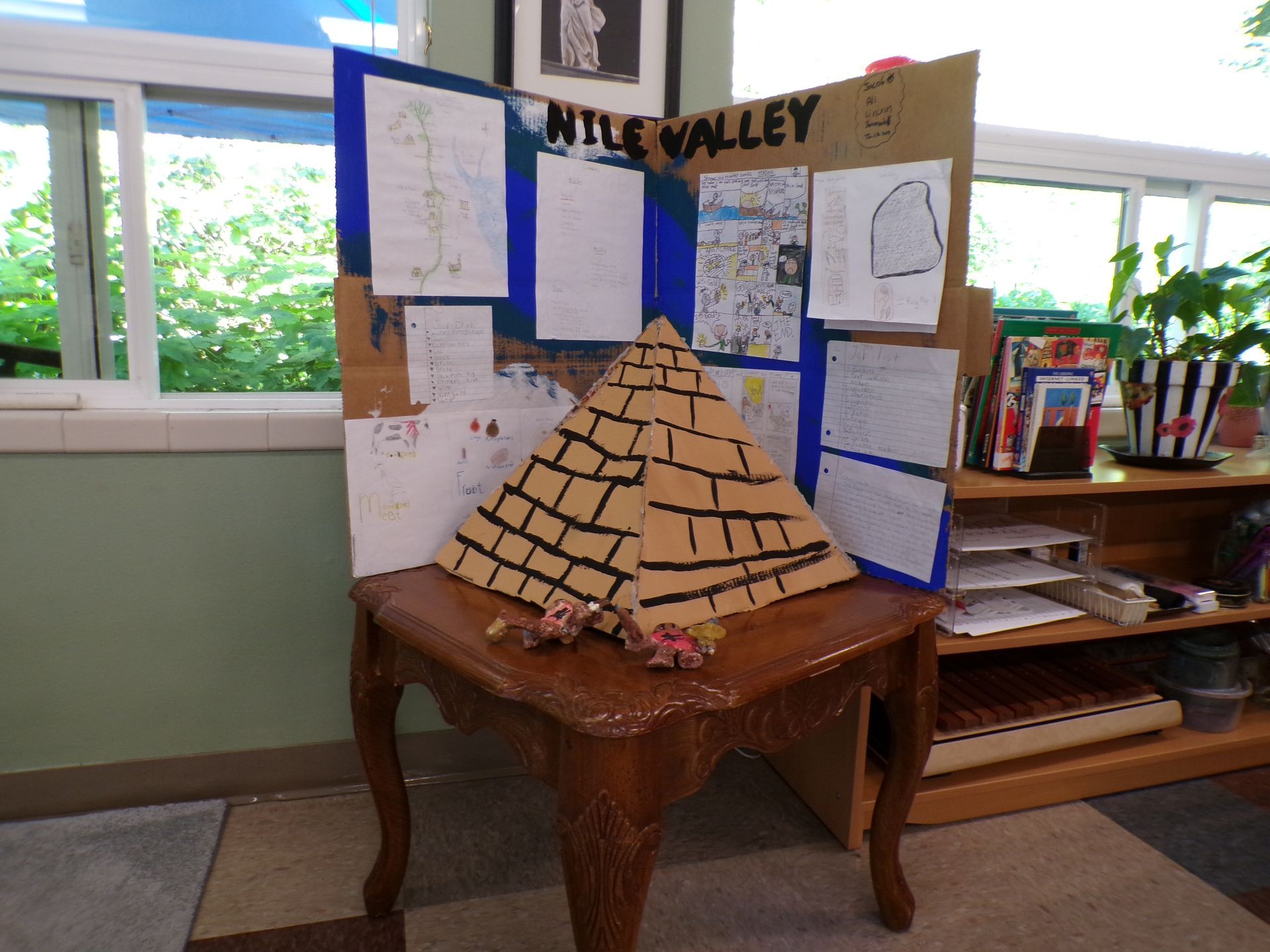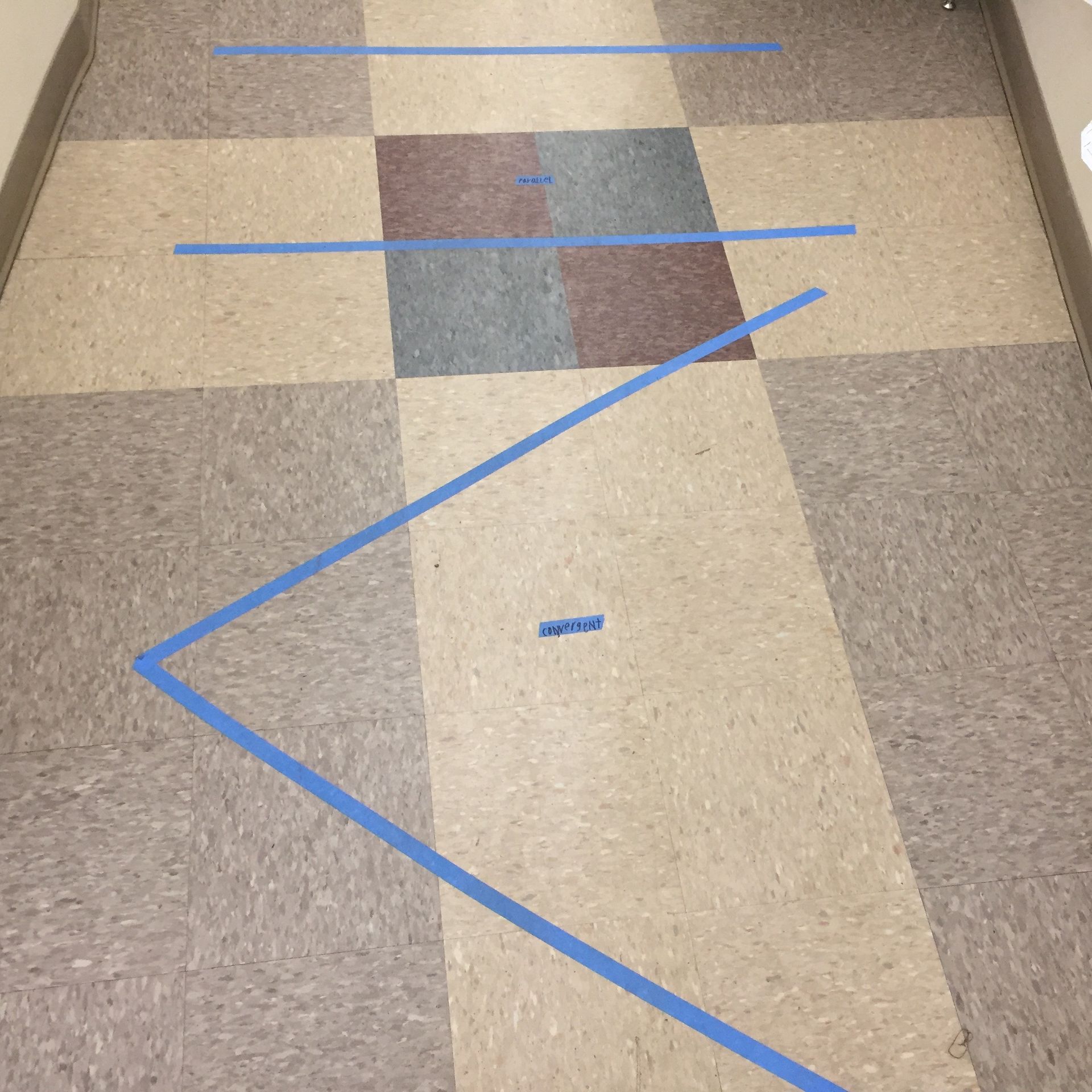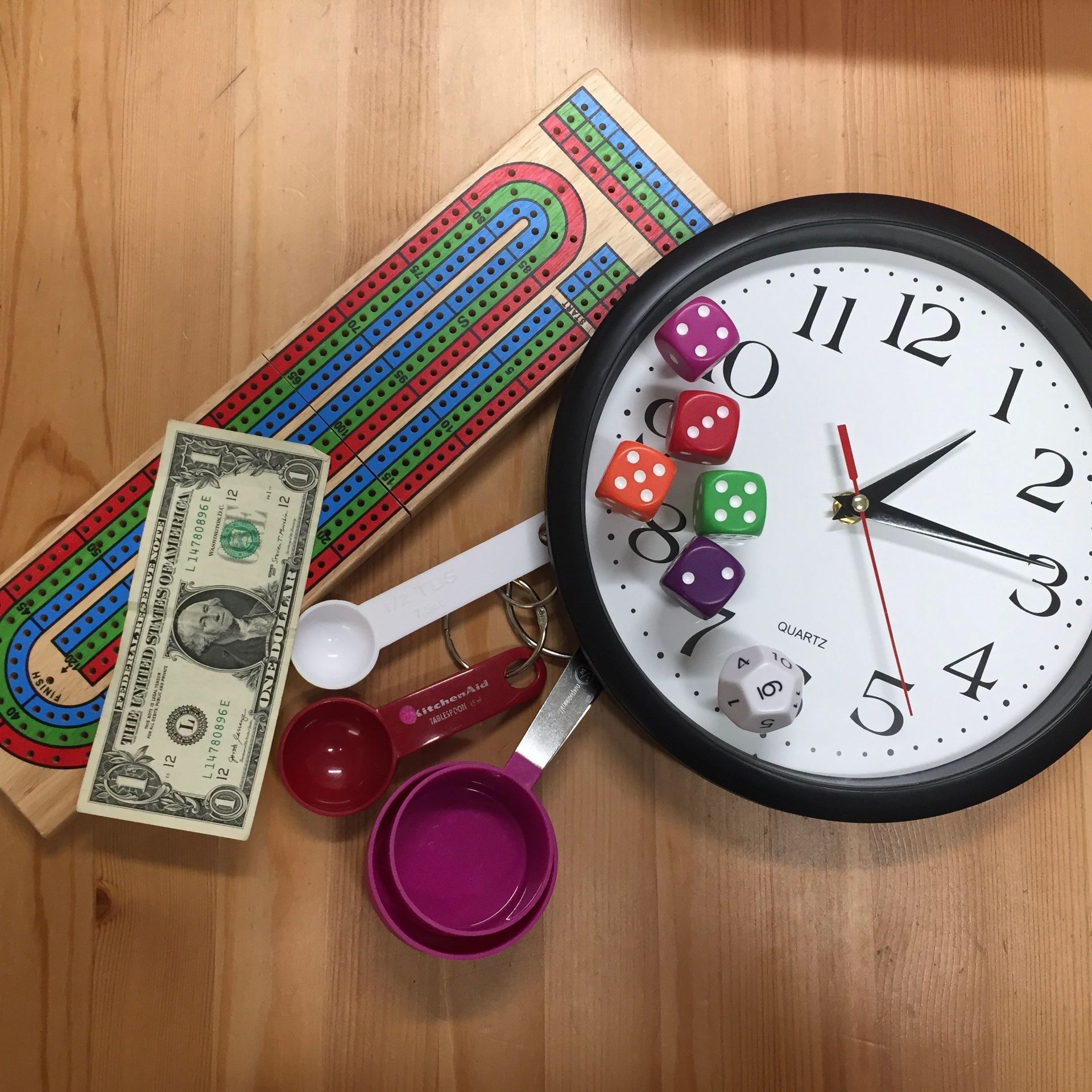Social Stories
What are social stories?
A social story is a brief story that uses clear, simple instructions (with illustrations or photos) for teaching what to expect or how to appropriately respond to a situation that a child may find challenging. Initially, social stories were developed to help children on the autism spectrum, but now we know that social stories can also help any child navigate challenging or novel situations.
Why do educators use social stories?
It isn't unusual for children to struggle with social interactions and situations at times. Some children are good at picking up on cues; other children may struggle with how to navigate a situation, like taking turns, or joining a recess game, and need clear instruction and extra practice. Think about it: our social worlds, from home life, to school, to sports, and play dates are complex! As adults, we may forget that all the little rules and conventions of social behavior are not just obvious to newbies. And even when a child knows how they are expected to behave, they may still need to build upon and practice their skills.
Where can I find social stories for my child?
Because they have been so effective in helping parents and educators, there are a lot of social stories to be found on the internet for free. They usually need to be printed out and stapled before sharing. Here is a very basic example of a social story about a child using their words to communicate with others: "I Can Use My Words". Considering these stories are just out there, you need to use a critical eye to evaluate what you find before using them. It can help if they come from a more professional source like Carol Gray (she offers a few to sample, but charges for others), or socialworkerstoolbox.com. Sparkle Stories offers audio stories and is a developmentally appropriate fan favorite with Cascadia parents.
In our lower elementary classrooms, we will often read books about social and emotional skills and tools together, and your child's classroom guide can share their favorites with you, but
you can also make your own to exactly suit your child's needs and interests.
- It can be handwritten with simple drawings and the main character can be your child.
- It can be created with Word or Google Drive. Write a few pages with a simple scenario, add pictures, then print to share with your child.
- If you're not feeling creative, you can search up apps here.
If you
are creating your own social story, here's a well-written and helpful guide:
How to Write a Social Story.
Keep in mind, social stories are for supporting your child with a specific task or situation, so each social story needs to be simple and clear. Of course, quality literature by a favorite author also builds social literacy through a variety of complex characters and situations, so don't skip the bedtime read-alouds or great audiobooks and podcasts, and the discussions they can foster.


